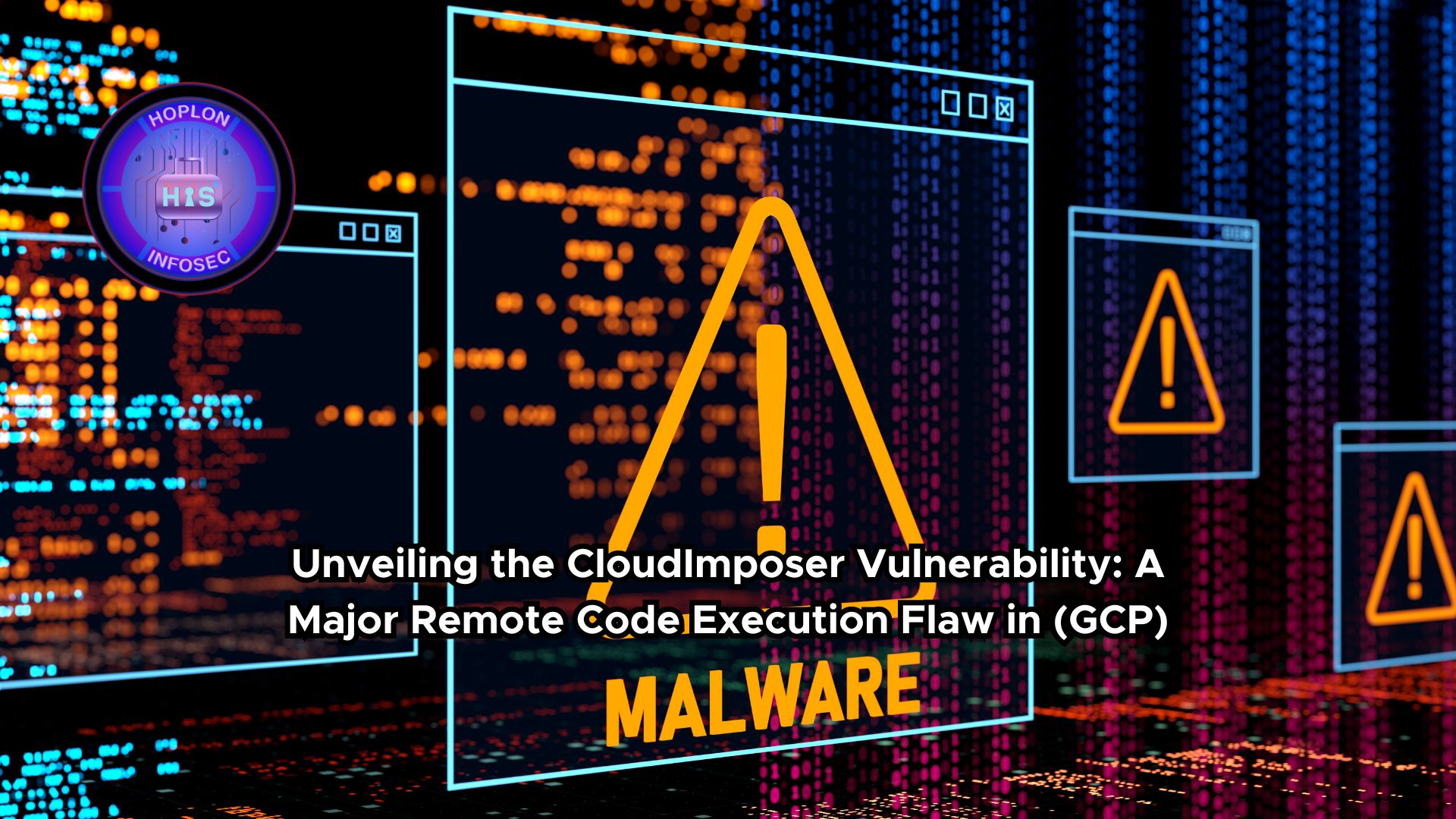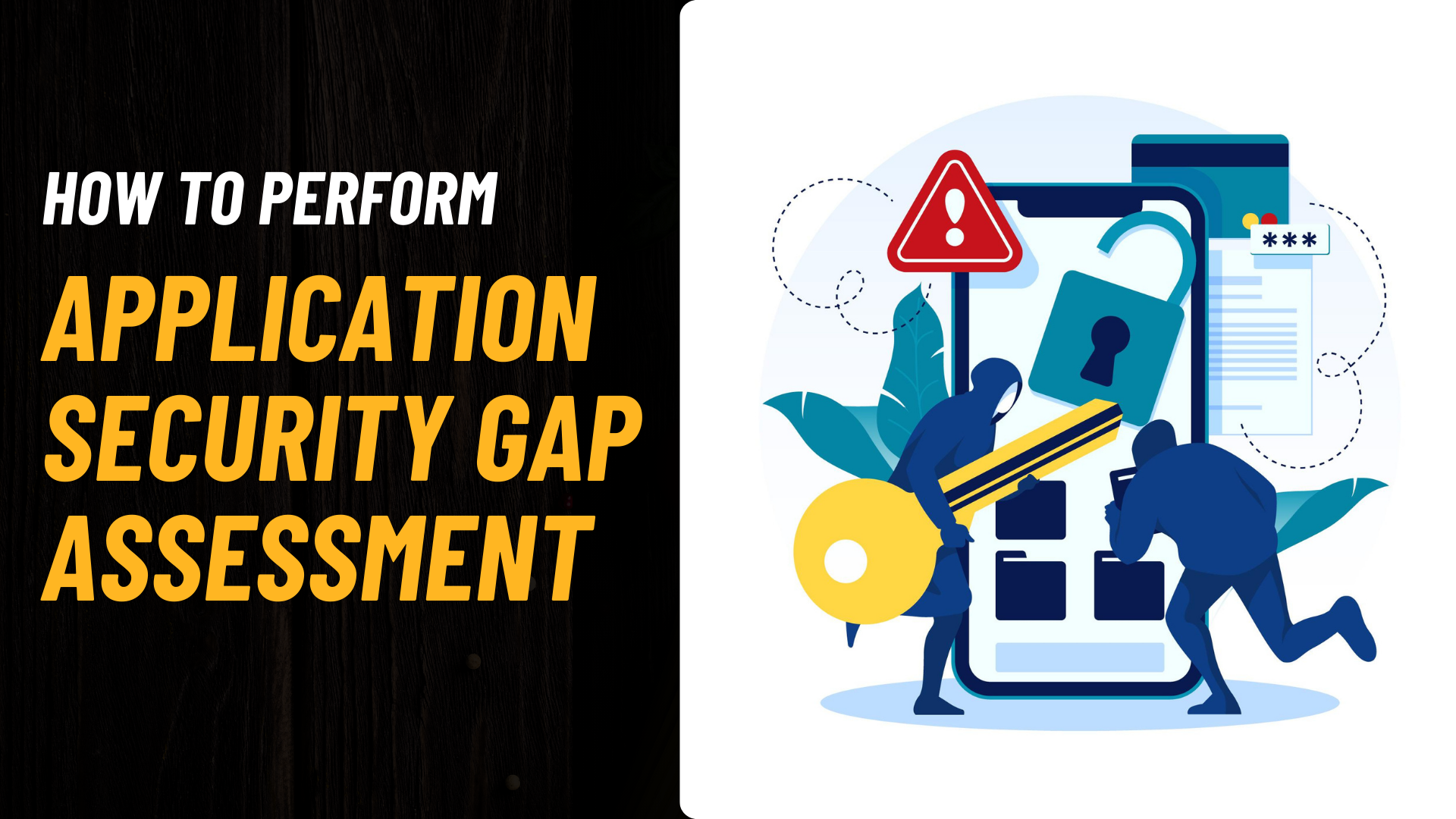Introduction
In a recent revelation, security researchers have uncovered a critical Remote Code Execution (RCE) vulnerability in Google Cloud Platform (GCP) that could have allowed attackers to run malicious code on millions of Google servers. This flaw, named “CloudImposer” by Tenable Research, has been addressed by Google, but the incident highlights the ongoing security challenges in cloud environments. In this blog, we’ll delve into what happened, the impact of vulnerability, and the lessons we can learn to strengthen cloud security.
What Was the CloudImposer Vulnerability?
The Nature of the Flaw
The CloudImposer vulnerability was discovered within GCP’s Cloud Composer service, a managed tool that helps orchestrate workflows based on Apache Airflow. The core issue stemmed from a problematic package installation process that left the service vulnerable to what is known as a dependency confusion attack.
Dependency confusion occurs when a package manager is tricked into installing a malicious package from a public repository, even when a private repository is intended. This flaw was due to the use of the “–extra-index-url” argument, which instructs the package manager to look for packages in both private and public repositories. This configuration inadvertently opened the door for attackers to exploit the system.
The Exploit Mechanism
Security researchers identified that Google’s use of the “–extra-index-url” argument allowed attackers to potentially deceive the package manager into pulling malicious packages from public sources like PyPI (Python Package Index). Once these malicious packages were installed, they could execute arbitrary code on Cloud Composer instances. The elevated permissions of these instances meant that attackers could:
- Run Arbitrary Code: Gain control over affected servers.
- Steal Credentials: Access sensitive service account credentials.
- Compromise Other Services: Move laterally to infiltrate other GCP services.
Scope and Impact
Widespread Vulnerability

The CloudImposer Vulnerability flaw was not limited to Cloud Composer alone; it had the potential to impact multiple GCP services, including App Engine and Cloud Functions. This broad scope amplified the risk, as a single compromised package could have affected millions of servers across Google’s infrastructure and those of its customers.
Potential for Massive Damage
The scale of this CloudImposer Vulnerability meant that it could have been leveraged to execute a massive supply chain attack. By compromising a single package, attackers could disrupt a large portion of the cloud ecosystem, affecting numerous organizations and their operations. This scenario underscores the exponential harm that supply chain attacks can have in cloud environments compared to on-premises systems.
Google’s Response and Mitigation
Immediate Actions Taken
In response to the discovery of the vulnerability, Google took decisive action to address the issue:
- Patch Deployment: Google updated its systems to ensure that Python packages are only installed from secure, private repositories. This change effectively closed the vulnerability.
- Additional Safeguards: The company implemented checksum verification to validate the integrity of packages before installation. This measure helps prevent the installation of tampered or malicious packages.
Updated Best Practices
Google also updated its documentation to recommend using the safer “–index-url” argument instead of “–extra-index-url.” This adjustment helps mitigate the risk of inadvertently pulling in packages from public repositories. Additionally, Google advised customers to use GCP’s Artifact Registry virtual repository for managing multiple package sources securely.
Lessons Learned
The Importance of Secure Package Management
The CloudImposer Vulnerability incident highlights the critical need for secure package management practices in cloud environments. Key takeaways include:
- Use of Private Repositories: Ensuring that packages are sourced from private, trusted repositories can significantly reduce the risk of dependency confusion attacks.
- Checksum Verification: Implementing checksums to verify the integrity of packages before installation adds an extra layer of security.
- Version Pinning: Specifying exact versions of packages helps prevent unintended installations of malicious or compromised versions.
Ongoing Challenges in Cloud Security
The CloudImposer Vulnerability serves as a reminder of the complex and interconnected nature of modern cloud environments. It underscores the importance of:
- Continuous Vigilance: Cloud providers and customers alike must remain vigilant against emerging threats and vulnerabilities.
- Robust Security Practices: Implementing and maintaining strong security practices around package management and dependency resolution is crucial.
Conclusion
The CloudImposer vulnerability in Google Cloud Platform serves as a significant case study in the realm of cloud security. While Google has addressed the flaw and implemented additional safeguards, the incident highlights the need for ongoing vigilance and robust security measures in cloud environments.
Organizations using GCP or similar cloud services should take proactive steps to review and enhance their package management processes. By adopting best practices such as using private repositories, verifying package integrity, and implementing version pinning, organizations can better protect themselves against potential supply chain attacks.
As cloud adoption continues to rise, addressing these types of security risks will remain a top priority for the industry. The lessons learned from the CloudImposer incident emphasize the importance of collaborative efforts between cloud providers and customers to safeguard the integrity of cloud services and ensure a secure digital ecosystem.
References
Baran, G. (2024, September 17). Google Cloud Platform RCE Flaw Let Attackers Execute Code on Millions of Google Servers. Retrieved from Cyber Security News: https://cybersecuritynews.com/gcp-rce-flaw/
Matan, L. (2024, September 16). CloudImposer: Executing Code on Millions of Google Servers with a Single Malicious Package. Retrieved from tenable: https://www.tenable.com/blog/cloudimposer-executing-code-on-millions-of-google-servers-with-a-single-malicious-package




